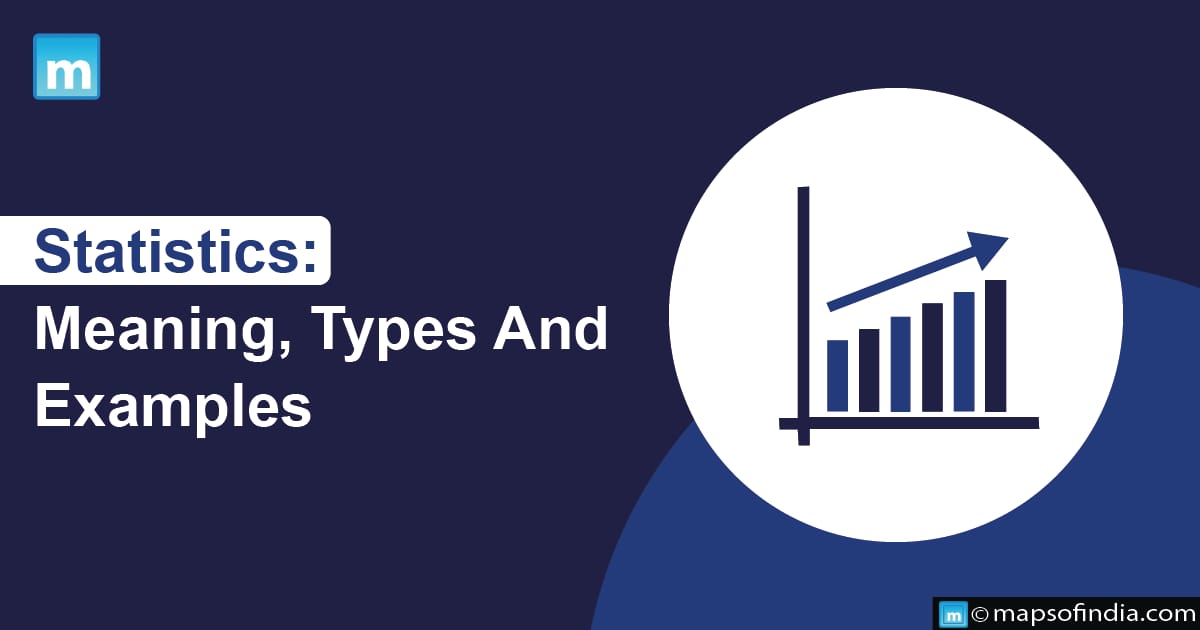The study of data gathering, processing, understanding, presentation, and organisation is known as statistics. In other words, gathering and summarising data is a mathematical discipline. Additionally, statistics is a subfield of applied mathematics. However, uncertainty and variability are two crucial and fundamental concepts in statistics. Only statistical analysis can determine the uncertainty and variance in many sectors. Probability, a key concept in statistics, essentially determines these uncertainties.
What are Statistics?
The examination and interpretation of data is the simplest definition of statistics. Statistics involves the analysis and processing of numerical data, as we just covered in the introduction.
Statistics Case Studies
Let’s assume each class member’s average grade with a total strength of 60. Here, the data of the grades earned serve as the average value. Take another instance. Imagine you need to know how many people work in a city. We shall poll 500 individuals here because the city has 15 lakh residents. Based on that, we will generate the statistics data.
Statistics Fundamentals
The measures of central propensity and distribution are among the fundamental concepts in statistics. Mean, mode and median are the core trends, whereas standard deviation and variance are the dispersions. The mean represents the average of the data. The median result is in the middle when observations are sorted in order. The most common observations in data collection are identified by the mode.
The degree of dispersion among the data collection is measured by variation. Data dispersion from the average is measured by standard deviation. The variance is equivalent to the square of the standard deviation.
Types of Statistics
There are essentially two categories of statistics:
- Descriptive Statistics
- Inferential Statistics
When using descriptive statistics, the information or data set is briefly explained. However, in the scenario of inferential statistics, it is employed to describe descriptive statistics. Both of these have seen extensive use.
-
Descriptive Statistics
Descriptive statistics are used to summarise and interpret the data. The summary uses a population sample and numerous variables, including standard deviation and mean. Data collection may be organised, represented, and explained using descriptive statistics, graphs, diagrams, and summary measures. Typical methods include pie charts, bars, histograms, and scatter plots to summarise data and show it in tables or graphs. Simply put, descriptive statistics are that. Outside the data they gather, they are optional to be normalised.
-
Inferential Statistics
Using inferential statistics, we try to explain what descriptive statistics mean. After the information has been gathered, assessed, and presented, we use inferential statistics to explain what the data indicate. Inferential statistics uses the probability concept to examine if tendencies seen in a research sample may be generalised to the larger cases from which a sample was taken. Inferential statistics may be used to forecast population numbers, test hypotheses, and examine connections between variables. Inferential statistics are utilised to draw inferences and conclusions from samples or make precise generalisations.
